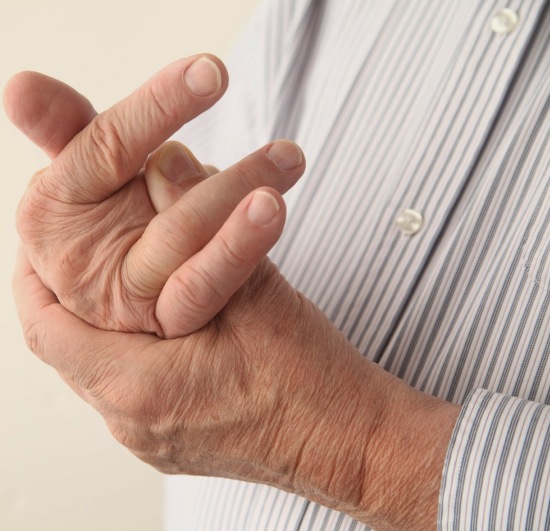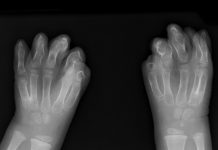The bone disorder caused by acute deficiency of vitamin D, calcium, or phosphate is known as Rickets. The bones eventually get softer, weaker and the disease is mostly seen in children in between the age group of 6 months to 2 years. Rickets can be categorised into different types like vitamin-D-resistant rickets, kidney rickets and the most common one is the nutritional rickets, which is also medically termed as osteomalacia.
Symptoms of Rickets
Primary Symptoms
The potential signs and symptoms of rickets primarily show bone tenderness and pain, the associated symptoms are impaired growth, dental deformities, delayed teeth formation, negligible muscle strength, unusually short height, skeletal deformities like abnormally shaped skull, rachitic rosary, bowlegs, pelvic, and spinal deformities.
Symptoms in Severe Cases
In severe cases, more serious signs show up like tetany, which means involuntary muscle contractions or may be sudden seizures. These usually occur when the calcium and phosphate levels are minimum and are considered to be medical emergencies that need immediate treatment.
Symptomatic Diagnosis of Rickets
The symptoms of rickets primarily lead to the decision making of the treatment method. The person suffering from rickets will be clinically diagnosed, following the medical and nutritional history and then a complete physical exam by your doctor.
Severe Symptoms
Seizures or tetany are the symptoms for severe rickets and diagnosing the severity is done through X-rays of long bones and ribs.
Primary Symptoms
Abnormally shaped metaphysic, bowing of the femurs, Osteopenia, rib flaring and multiple fractures during healing stages are the symptoms that would indicate that the person should undergo tests that measure vitamin D levels, parathyroid hormone, alkaline phosphatase, electrolytes, kidney functioning, and creatinine levels.
Different causes of rickets show varied results in the laboratory tests and so does the symptoms. For example, if rickets is caused due to the deficiency of vitamin D, the tests will show high levels of parathyroid hormone and low levels of calcium and phosphate. Thus, evaluating symptoms in rickets is very vital and that should be done by an experienced specialist, if misdiagnosed, the treatment method can go completely wrong.
Treatment of Rickets
The treatment method is completely based on the symptomatic diagnosis. Firstly, the symptoms categorise the type of rickets. The first stage is nutritional and the severe stages are categorised into Hypocalcemia, Chronic renal failure, Hypophosphatemia, Congenital and Fanconi’s syndrome.
Nutritional Rickets
Treatment for nutritional rickets and vitamin D deficiency is simple and mainly clinical. In this, the first step is to adjust the levels of calcium, phosphorus and vitamin D in order to prevent the complications further. The prescription will have activated vitamin D or calcitriol in high doses. Additional supplementation is also recommended depending in form of diet, which has to be rich in calcium.
This treatment is mainly for malnutrition children who are mostly seen to be suffering from nutritional rickets. However, if bony abnormalities have set in, it probably indicates the first stage of severity and an orthopaedic specialist should be consulted immediately. If diagnosed early and the treatment is correct, nutritional rickets can be cured within few months.
Treatment of Severe Rickets
Apart from correcting the biologically-active rickets (as mentioned above), the focus of treatment is also laid on restoration of deformed extremities (bony deformities in the limbs) and functional alignment of the bones. Continuous mineralization treatment can even improve severe deformities. Often clinical diagnosis suggests applying brace to support the limbs so that the patient can get aid for straighter longitudinal growth.














